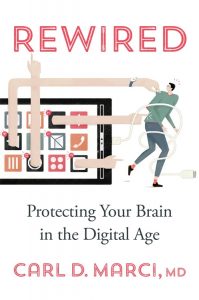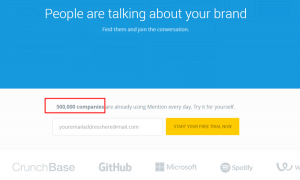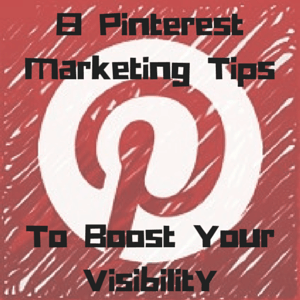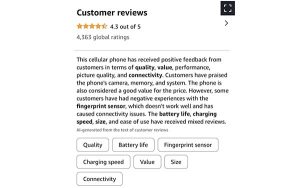In part 2 of a series exploring interactive native content, contributor Jane Loring takes a look at how native storytelling can help you target the right audience and promote growth.

In the first piece of this series, we examined the different ways interactive content can assist brands in achieving their brand awareness goals. For this second piece, we will take a closer look at how interactive, native storytelling can be used to encourage growth and generate relevant leads.
The connection between native, interactive and growth
Native content adapts to the audience’s preexisting content consumption habits, and as these habits evolve, so must the advertorial efforts that rely on them.
And evolve they have.
Interactive content has been on the rise for a few years now, and it is no wonder that advertisers embrace this type of content and seek out opportunities to include ads within interactive items.
As our very own growth expert puts it:

“Interactive content is a game-changer for marketers, thanks to its ability to captivate and engage users in the funnel, making them more likely to be converted.”

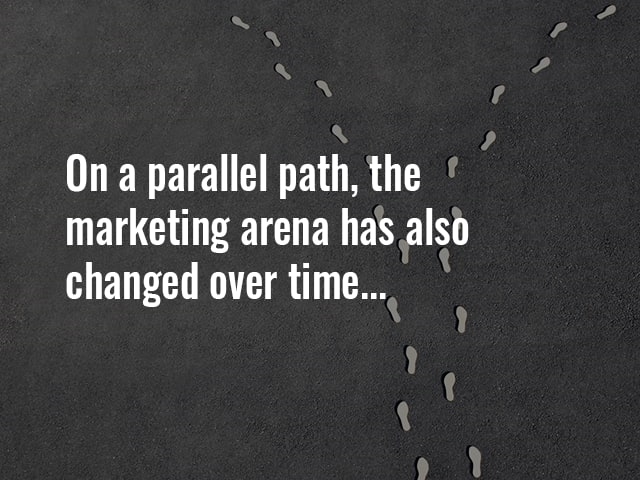
With interactive content, growth hackers are able to track performance where it matters most, by measuring engagement and learning from user behavior in real time. Native content allows these growth experts to do so in the most natural user environment possible, and the combination of the two is a growth marketer’s paradise.

If you want to monetize, optimize
Before interactive content entered the marketing arena, content marketers would write an article, have it published, and then wait for results. If these results turned out to be rather disappointing, content creators could then investigate to see what could have been done better, and learn from it in time for their next piece.
But unlike passive content, interactive content allows marketers to learn on the go and make changes in time to save lost eyeballs and leads. If a specific segment within a branded content item seems to be costing advertisers many readers, deleting or editing it just might do the trick.

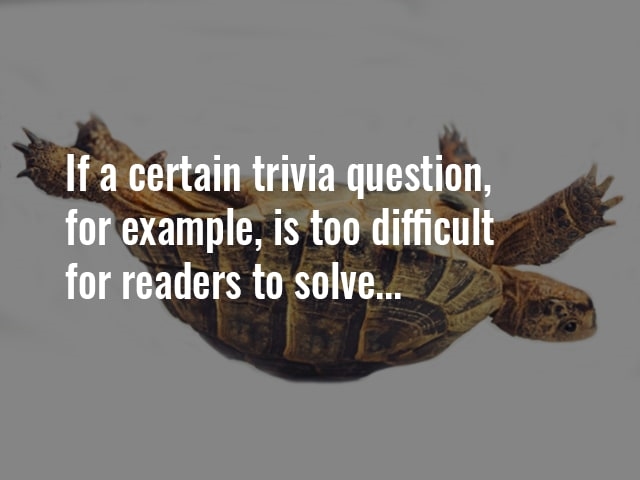
Of course, this cannot be done without the right technology to provide both smart analytics and the ability to analyze and edit in real time. Researching third-party tools that provide these capabilities is a must, as many don’t have the time or resources to build them in-house.
And as marketers and growth experts must follow the numbers religiously to learn more about the target audience’s response to the content piece, these tools become crucial in order to make changes while the campaign is live. This is not a post-mortem analysis, but a live optimization process.
Scaling with precision
In my last piece, I explained how interactive content allows marketers to embed a single piece of content within multiple editorial sites, thus creating branded content at scale.
That’s great, but what about growth?
Well, when discussing growth, it’s important to take the ability to scale and combine it with precise targeting capabilities. After all, multiple publishers are not always relevant to your target audience and campaign.
Targeting the right outlets — and thus the right audience — and catering to people’s content consumption needs with engaging, interactive content is a winning formula.

After the campaign: Gathering insights based on readers’ responses to the content itself, and using this data in a personalized follow-up campaign and/or retargeting efforts.
Interactive native content provides growth hackers with a lot more data to work with, therefore making their efforts that much more accurate and beneficial. The native character of the campaign encourages readers to participate, while the analytical side of it makes the most out of the discovered information. What more could you possibly ask for?
Marketing Land – Internet Marketing News, Strategies & Tips
(48)
Report Post


